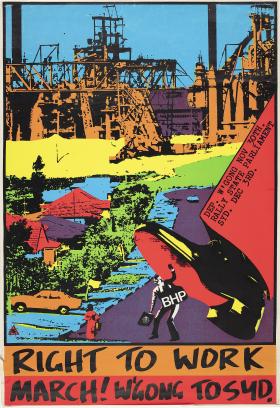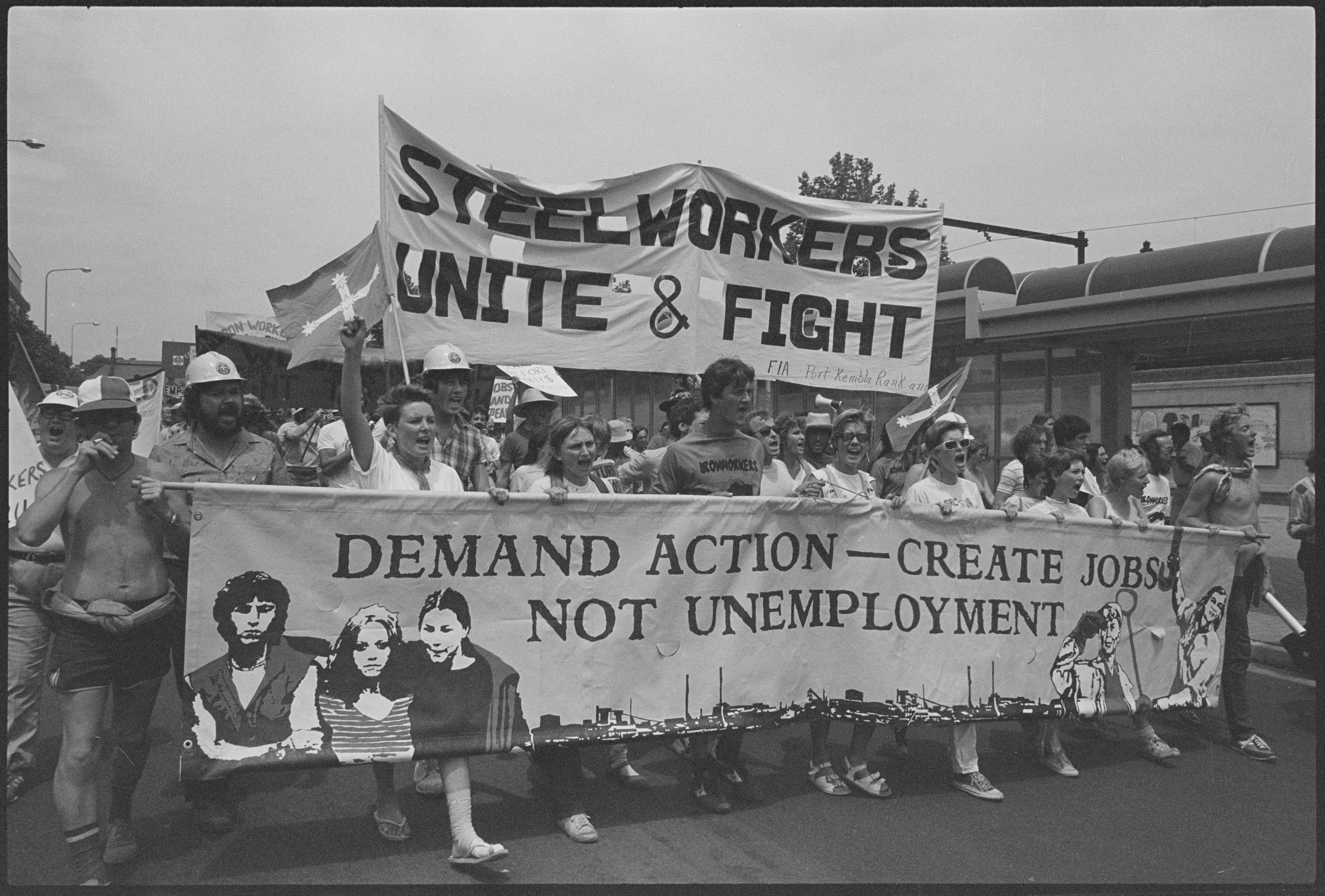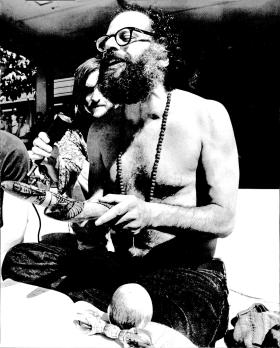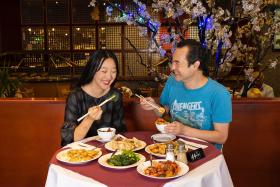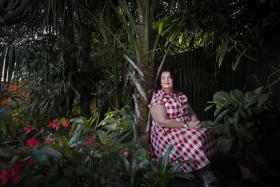In October 1982 in Wollongong there was a mass meeting of 20,000 workers. Angry about government inaction over rising unemployment and mass retrenchments, they voted to organise a protest march to Sydney, 90 kilometres away.
Wollongong, known as Steel City, had three things at the centre of town life: coal mining, the steelworks and ‘the Big Australian’, BHP. It was also home to organised and powerful unions, and for decades that combination had delivered jobs and decent living standards. By the 1980s, however, things had significantly transformed. Those at the mass meeting were living through a severe economic crisis that was already five recessions deep and a decade long. The Port Kembla Steelworks and BHP were restructuring, and for many that meant getting the sack. Jobs were few and far between, yet politicians often told the unemployed they themselves were to blame if they did not find work.
A few weeks after the mass meeting, 40 mainly unemployed young people set off for Sydney on what they called the ‘Right to Work March’. They were demanding the right to a job. Nick Southall, then a 20-year-old unemployed activist who took part, remembers leaving the Trade Union Centre at Lowden Square, seen off by locals including the Secretary of the Labour Council, retired miners, and the union’s Women’s Auxiliary.
Over the next four days and nights they trekked up the coast, greeted and cheered along the route by passing cars and trucks, as well as residents who called out support from their homes and front yards. Marchers passed through Thirroul and Coledale on the Illawarra escarpment, then on to Sutherland, Gymea and Sans Souci in the southern suburbs of Sydney, spending the last night in Mascot. Their ranks grew to 150 on the final day of the march as more Illawarra residents joined them.
Southall, who later became a leading scholar of economic struggles in Wollongong during this period, recalls that when they arrived at Belmore Park, opposite Central Station, they were greeted by thousands: ‘Construction sites had walked off the job to join the march, others left metal and engineering shops, and mail workers stopped work.’ Southall describes how the rally departed the park and headed up George Street, turned past the corporate headquarters of BHP on Hunter Street, and then went on to Parliament House. At its peak, the crowd swelled to 20,000, bringing Sydney to a standstill during peak hour. A group of singers performed a ballad the marchers had written en route, to the tune of Click Goes the Shears:
Down in the Gong we’re all on the dole,
Looking for a job’s like climbing a greasy pole,
The bosses in Mercedes they tell us times are slack,
But they keep making profits and we just get the sack !
The marchers’ feet had been left bleeding and bandaged by the long journey, but their efforts pushed their concerns on to the front pages of major newspapers.
Among the demonstrators that day were workers from the Garden Island dockyards, another worksite with a rich history of struggling for workers’ rights. Their contingent included seasoned unionist Bert Heinemann, a highly skilled metal worker and avid photographer. Heinemann had the proficiency to build his own camera equipment, and for years he’d documented workers’ struggles for the Communist Party of Australia’s newspaper Tribune. His photos of the demonstration, held in the State Library of New South Wales collection, include one of his fellow Garden Island workers holding a banner in ‘Support and Welcome’ of the ‘Wollongong Right to Work Marchers’.
Southall saw the Garden Island contingent at the demonstration, but he does not remember meeting Heinemann. Yet, they came together in a different way in my research as two activists, a generation apart, who participated in working-class struggle and documented it. I saw the threads of their lives laced together in the Library’s collections. One of the joys of archival research is seeing how collective political efforts and moments of personal endeavour are connected — on this occasion, at the same demonstration.
Bert Heinemann began his working life as a teenager, an apprentice fitter and turner in Zetland, in the wake of the Great Depression and on the eve of World War II. In this job he encountered older workers who had lived through the first large-scale industrial struggles in Australia in the late 1800s, known as the Great Strikes. Encountering these men, and his own early experiences on the job, shaped the direction of his life.
Heinemann had only three years of high school but said that understanding politics, and the world, was essential: ‘For young people entering work, the job of understanding the total workings of our society is of utmost importance.’ Heinemann would become an active communist, a shop steward at Garden Island, and the Secretary of his local branch of the Australian Metal Workers’ Union in Granville. His extensive collection of photographs and slides record his personal and political life and provide insight into the things he valued. In one image, Heinemann’s workmates pose for the camera, proudly dressed in Sunday best. In another there is a spread of food on a picnic blanket, about to be shared and delicately displayed for the camera. Another captures the energy of a single moment, as workers in Sydney rush through the city towards the Stock Exchange to protest the sacking of the Whitlam government in 1975. The long boom was over and unemployment was on the rise.
We are living through a new period of economic upheaval. In 2020, COVID-19 delivered Australia its first official recession in 30 years, and unemployment returned to the centre of our national experience. In Wollongong, the unemployment rate is much higher than the national average, especially among young people. Forty years after the Right to Work March to Sydney, a new generation have been organising. Early in the pandemic I stumbled into a Zoom meeting to find a group of young unemployed people discussing Southall’s research and scholarly writings. They were drawing from experiences four decades earlier, when Southall and others took part in the Right to Work March and ran the Wollongong Out of Workers’ Union.
One of these young organisers, Dean Fletcher, says that for him the most inspiring aspect of the work of Southall and others was ‘their mutual aid programs, the kitchens they had set up, and the rooms they had for people to sleep in’. That ‘model of providing free help for anyone who needs it’ is at the centre of the work he and others do in Wollongong today, including weekly advocacy and assistance stalls for any unemployed people who need help.
The Right to Work marchers and the unions could not stem the tide of job losses in the Illawarra in the 1980s. High unemployment levels extended across the 1980s and beyond. Today, ongoing economic stagnation and intergenerational unemployment remain a problem. BHP departed Wollongong in 2015, which would have been unimaginable for those marchers.
The forces that prompted the economic crisis in Wollongong in the 1980s could not be held back by a band of marchers. Nevertheless, Nick Southall says that being part of the movement changed his and others’ lives for the better. In 2010, the Right to Work marchers were presented with community awards by the South Coast Labour Council as thanks for their contribution to the struggles of working people. Many continue to be politically active in the community to this day.
With sincere thanks to Nick Southall for his assistance and writings on this topic.
Dr Elizabeth Humphrys is a political economist at the University of Technology Sydney and an Associate at the Centre for Future Work. She was the inaugural Dr AM Hertzberg AO Fellow in 2019. Her first book is How Labour Built Neoliberalism (Haymarket, 2019).

